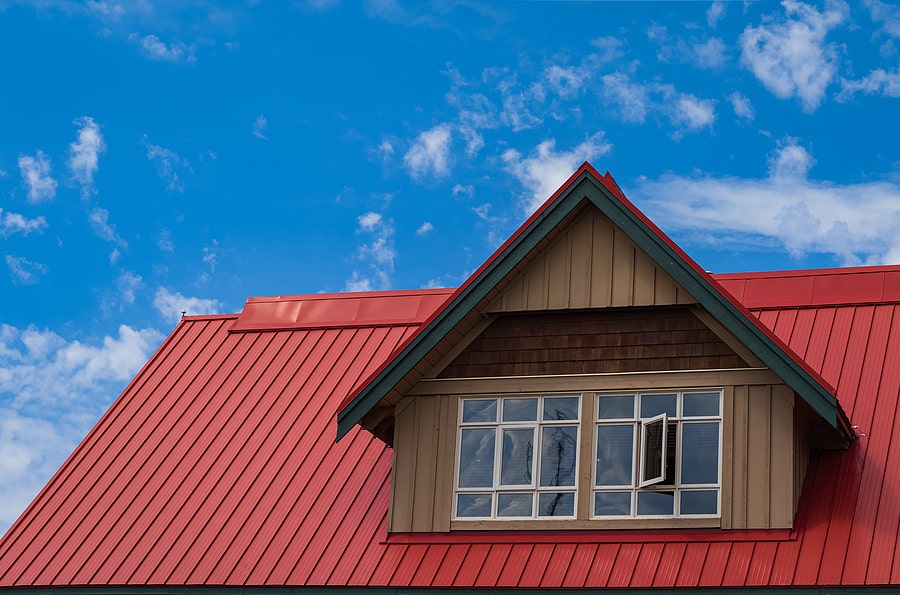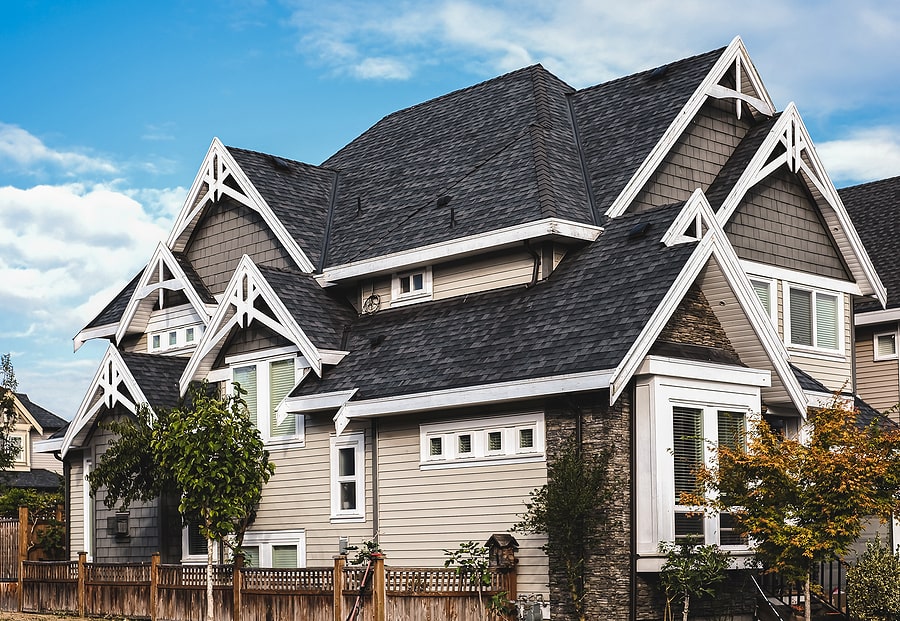
When remodeling a roof, homeowners often focus on the type of material, and the color becomes an afterthought. Not many people know that the hue of a roof can significantly impact a home’s energy efficiency. It’s vital to work with experienced professionals who can advise on how different colors might impact energy efficiency in Illinois’ climate.
Read on to learn more about the relationship between roof color and energy efficiency.
Roof Color and Thermal Conductivity
Most people know that darker colors absorb more heat from sunlight than lighter colors and that wearing a black shirt on a hot day is a recipe for sweat. The impacts of roof color are no different, with darker shades leeching heat into the home below. Conversely, lighter roofs have lower thermal conductivity and reflect more sunlight away from the home.
The best color for a roof depends largely on regional considerations, as areas with predominantly warmer weather might favor the “cool roof” effect given by lighter tints. In Illinois, homeowners benefit more from darker-colored roofs that retain heat in the coldest months. There are a few key reasons why darker shades benefit Illinois homeowners:
- Darker roofs absorb heat and radiate back into the home, lowering energy bills by placing less demand on heating systems.
- The dark color melts snow faster and may help prevent snow stains and ice dams (with proper insulation beneath it).
- The home below benefits from better heat retention and is more comfortable.
In warmer parts of the state, lighter-colored roofs can be an effective way to decrease cooling costs.
The material of the roof is also important, as certain options offer better solar reflectivity than others. Metal roofs, for instance, better reflect sunlight away from the home than even the lightest colored shingles.
Many homes in Illinois use asphalt shingles because they are affordable and come in a range of colors.
What Else Affects the Energy Efficiency of Your Roof?
While roofing colors and materials are important, they’re not the whole picture when it comes to energy efficiency. Homeowners must also consider their home’s structure and insulation. The insulation of the attic and upper floors is especially important, as this effectively transfers the heat from the roof to the rest of the home.
Poorly insulated attics are disadvantageous in both the warm and cool months. In the summer, they allow excess heat to seep into the structure below; in the winter, they fail to trap the heat from the roof long enough to radiate into the home. Proper ventilation is also key to optimizing heat exchange from the roof without moisture buildup in the attic, which may lead to mold and mildew issues.
The Best Roofing Options for Sustainability
Ecologically minded homeowners in Illinois should work with a professional roofing company to choose the colors and materials that best support energy efficiency. Usually, dark roofs made of asphalt or fiber-cement shingles work best. Metal roofs in darker shades can also be an option, but the installation cost is typically higher.
Turn to Sundown Exteriors for Roofing Support
Once you understand the relationship between roof color and energy efficiency, you can start your remodel with skilled local professionals.
Sundown Exteriors offers exceptional roofing services to residents of Bloomington, Normal, Lincoln, and Peoria, Illinois. Trust our expert technicians to guide you to the best roof colors and materials for an energy-efficient home that fits seamlessly into your neighborhood.
Enjoy a straightforward installation process that protects your most precious asset from damage and prioritizes comfort.
Call 309-275-6801 to schedule your consultation or get a roofing estimate today.


